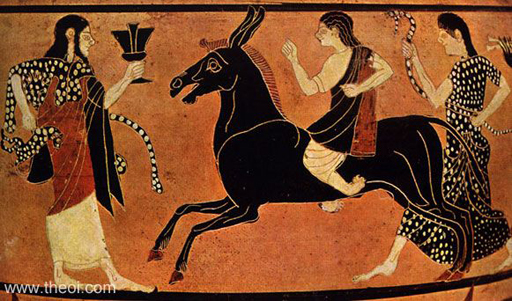2.3 The Emperor’s feet
In a world with no cars or wheelchairs, but rather rocky, uneven roads and walkways, walking was even more important than today. But there were no insoles or arch supports in shoes and no surgery to improve congenital conditions, such as club foot. How, then, did people move when they had a foot injury, were born with a condition that impeded their movement, or had mobility difficulties because of age?
There are many votive offerings of feet that may suggest people were asking for divine assistance with their movement. Figure 9 is thought to be a large porphyry foot from second century CE Roman Egypt; however, it is not known whether it was a votive object offered to a god of healing to thank the deity for curing a foot problem, or just a piece of a lost statue. Some ancient healing sanctuaries also had more votive feet than others, such as the one at Ponte di Nona, near Rome. One argument is that this site was dedicated to problems with physical movement.
The Roman Emperor Claudius was born in 10 BCE, possibly prematurely, and, according to the Roman writer Suetonius, was treated badly by his family. You can read sections 2 and 3 [Tip: hold Ctrl and click a link to open it in a new tab. (Hide tip)] of The Lives of the Caesars, to see what Suetonius says about Claudius’ childhood.
When he grew up, Claudius dragged his right leg and was weak on the right side of his body; he also shook slightly. He had other disabilities too, including a speech impediment, although literary sources say that he could still speak in public as long as he stayed sitting down and kept to his prepared text. He also had stomach problems. There is no evidence that he looked for any help from the gods with this. Retrospective diagnoses of his condition have included polio and cerebral palsy.
There are suggestions by Suetonius and in other sources that he was set apart as ‘different’. For example, when he and his brother Germanicus appeared in 6 CE at an important Games, Claudius was dressed in a Greek cloak called the pallium, rather than a Roman toga, to set him apart as an invalid. This also perhaps shows that his family wanted to keep his body as far out of sight as possible. At the Games in 8 CE, he didn’t even appear. And even when he was an adult, he went out accompanied by a ‘minder’. Nonetheless, Claudius studied and wrote the history of Rome; he became a popular emperor and was made a Roman deity after his death. As you can see, Suetonius claims that his mother, Antonia, called Claudius someone ‘that nature began and never finished’: this recalls Aristotle’s view of disability as not being ‘complete’ from the previous section.
Interestingly, some classical myths also point to people with foot problems. The name Oedipus, a Greek tragic hero, means ‘swollen foot’, and he was abandoned at birth but found by a couple who brought him up. The Greek god Hephaistos was born to Hera and Zeus with clubbed feet and was thrown off Mount Olympus by his mother, Hera, as the Homeric hymn says:
Hera was angry and spoke thus among the assembled gods: ‘… See now, apart from me he [Zeus] has given birth to bright-eyed Athene who is foremost among all the blessed gods. But my son Hephaistos to whom I gave birth was weakly among all the blessed gods and shrivelled of foot, a shame and a disgrace to me in heaven, whom I myself took in my hands and cast out so that he fell in the great sea’.
After he fell from the mountain, Hephaistos eventually became a blacksmith and is mentioned in many myths which praise the fine detail of his work. His upper body musculature can be shown as very developed. He is often depicted on horseback carrying his blacksmithing tools (as in Figure 11).
It’s possible that the important role of blacksmith was open to those with mobility issues. If people didn’t have to move on their feet a lot, such a job might have suited them. Unfortunately, there has been little scholarship on this topic, but it’s possible that some occupations, such as crafts, were open to those with mobility problems, as you considered in Week 2 when thinking about vision.



